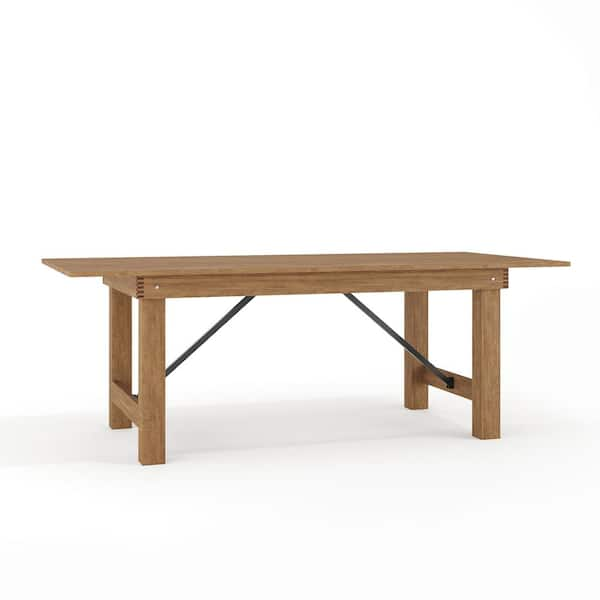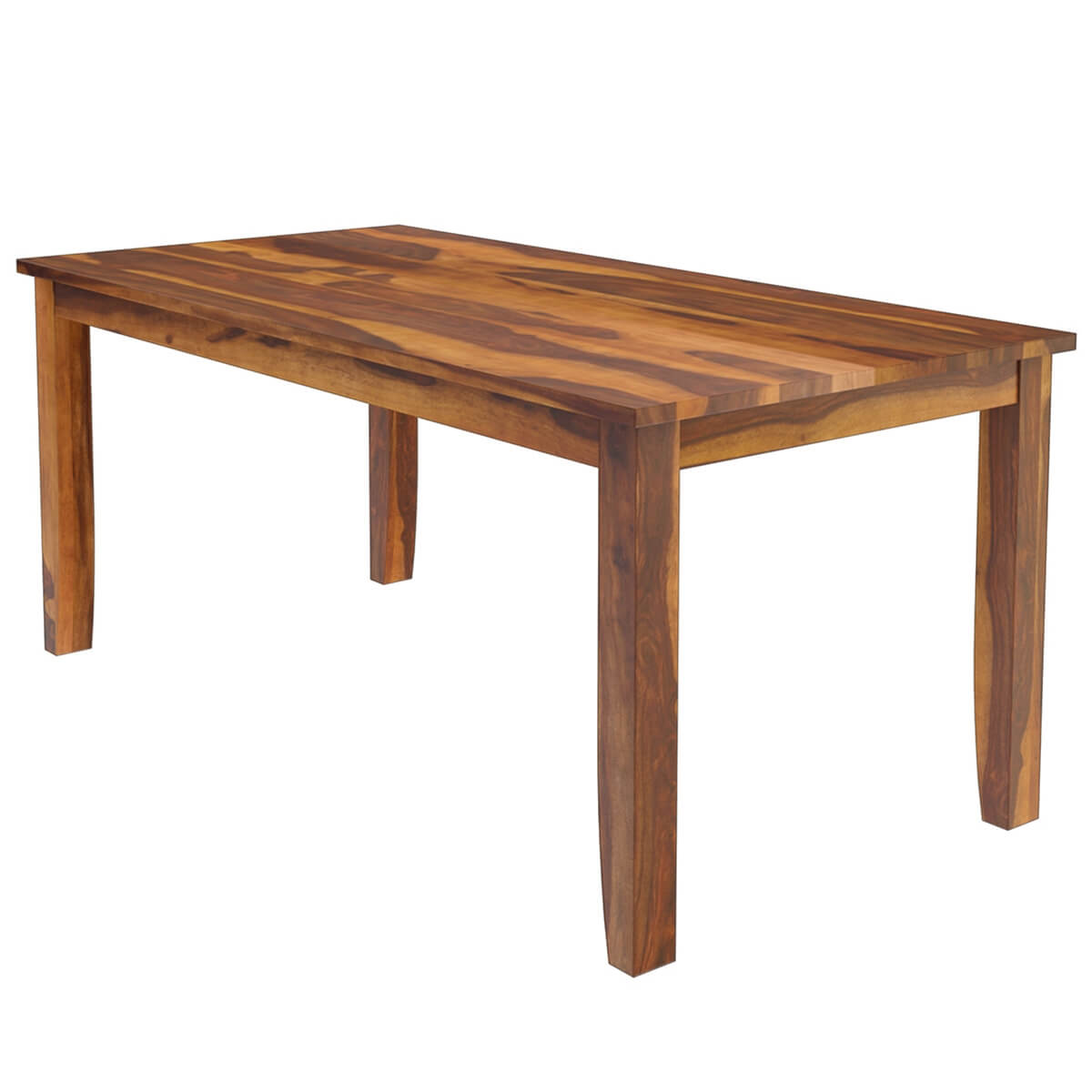Improve Your Dining-room's Visual with Premium Dining Table Legs Wood
Improve Your Dining-room's Visual with Premium Dining Table Legs Wood
Blog Article
Key Variables to Remember for Table Legs Timber Choices
When choosing timber for dining table legs, numerous critical factors require cautious consideration to make certain both capability and visual appeal. The selection of wood type, identified by its resilience and distinct grain patterns, plays a critical duty in the total layout and long life of the item. In addition, one must consider upkeep requirements and the environmental ramifications of sourcing materials. As these aspects intertwine, they substantially influence the final outcome of your table. Understanding the subtleties of each element can be complex, leading to important decisions that merit further expedition.
Wood Kind and Features
When selecting wood for dining table legs, it is vital to recognize the special qualities of numerous timber types. Various timbers supply distinctive benefits and disadvantages, influencing both the toughness and visual allure of the ended up item.
Hardwoods, such as oak, maple, and cherry, are commonly preferred for their toughness and resistance to put on. Oak, understood for its excellent sturdiness, likewise features a noticeable grain that can include character to the table. Maple offers a smooth surface area and is less prone to bending, making it a trusted selection for practical furniture. Cherry timber, with its rich shade that strengthens in time, provides a lavish look but might need even more maintenance to stop scrapes.
On the other hand, softwoods like want and fir are more economical and much easier to collaborate with, yet they are much less durable than hardwoods. Pine is light-weight and features a cozy, rustic look, making it a preferred selection for casual dining setups. However, it is a lot more susceptible to scrapes and dents.
Understanding these attributes will certainly help in making a notified choice to make certain the legs of the dining table satisfy both functional and aesthetic demands.
Grain Patterns and Aesthetic Appeal
Picking the right grain pattern can considerably improve the visual allure of table legs. The wood's grain is not simply a visual attribute; it conveys an unique character and appeal to every item. Various timber varieties show unique grain patterns, varying from the straight lines of maple to the intricate swirls of oak and the striking figure of walnut. These patterns can evoke numerous designs, from rustic to contemporary, making it important to pick a grain that aligns with the overall design of the dining space.
In addition, the alignment and range of the grain can affect the viewed size and elegance of the table. For instance, bigger, a lot more noticable grains may offer a vibrant, dramatic effect, while finer, subtler grains can develop an improved, downplayed look. Furthermore, the finishing procedure can even more enhance these patterns, stressing the natural elegance of the timber and bringing out abundant shades.
Eventually, the choice of grain pattern need to balance with various other layout aspects, such as the table top and surrounding furnishings, making sure a cohesive visual that elevates the eating experience. Thoughtful option of wood grain not just adds to the table's beauty yet also mirrors the owner's preference and design.
Resilience and Toughness
The toughness and toughness of eating table legs are critical considerations for guaranteeing longevity and security in any type of dining area. Choosing the best wood is important, as different species exhibit varying degrees of strength.

Eventually, investing in premium wood and robust construction methods will yield a table that stands the examination of time, while supplying a reputable structure for many meals shared among friends and family. Focusing on durability and stamina makes sure that your eating table stays practical and cosmetically pleasing for several years to find.
Maintenance and Care
Correct upkeep and care are vital for maintaining the longevity and toughness of table legs made from wood. Normal cleansing is vital; using a soft, wet fabric guarantees that dirt and particles do not build up, which can lead to scrapes and dullness. It is suggested to prevent severe chemicals or unpleasant products that could harm the finish.
In addition, applying an ideal wood gloss or wax regularly can aid preserve the luster and secure the wood from wetness and spills. However, it is critical to comply with the maker's suggestions regarding the kind of item to utilize, as particular surfaces might react negatively to details chemicals.
Humidity and temperature level fluctuations can likewise influence wood table legs, causing them to warp or fracture. It's ideal to place the table away from straight sunshine and warmth sources. Attending to these without delay can avoid additional damages. if the table legs have any kind of scrapes or damages.
Lastly, regularly checking the joints and screws for rigidity is very important to keep architectural integrity (Dining Table Legs Wood). By adhering to these maintenance practices, property owners can ensure their wooden table legs stay attractive and practical for several years ahead
Ecological Factors To Consider
When picking timber for eating table legs, it's necessary to take ecological factors to consider right into account. The sourcing and sustainability of timber are vital in decreasing eco-friendly influence. Selecting timber from licensed sources, such as those recommended by the Forest Stewardship Council (FSC), makes certain that the hardwood is collected properly, promoting forest conservation and biodiversity.

Additionally, regional sourcing of wood reduces transportation emissions, supporting local economic climates while reducing environmental impact. It is also advisable to be aware of the timber's therapy and ending up processes, as specific chemicals can be hazardous to both human health and the environment. By focusing on lasting wood choices, customers can add to environmental preservation while enjoying the resilience and this website beauty of their dining table legs.
Final Thought
To conclude, picking wood for eating table legs demands cautious consideration of numerous factors, including timber types, grain patterns, and sturdiness. The aesthetic allure of one-of-a-kind grain patterns can improve the total style, while the stamina of hardwoods makes certain durability. Maintenance needs and environmental sustainability more impact wood selections, highlighting the importance of sourcing from accredited or reclaimed products. An informed option process inevitably adds to a aesthetically appealing and practical dining area that aligns with lasting techniques.
When selecting wood for eating table legs, several essential variables require cautious factor to consider to guarantee both performance and visual charm.Appropriate upkeep and treatment are vital for protecting the durability and stamina of dining table legs made from timber.When picking timber for dining table legs, it's important to take ecological factors More Help to consider right into account. By focusing on sustainable wood choices, consumers can contribute to environmental preservation while taking pleasure in the durability and beauty of their dining table legs.
In conclusion, selecting wood for dining table legs necessitates careful consideration of numerous variables, consisting of timber kinds, grain patterns, and durability. Dining Table Legs Wood.
Report this page